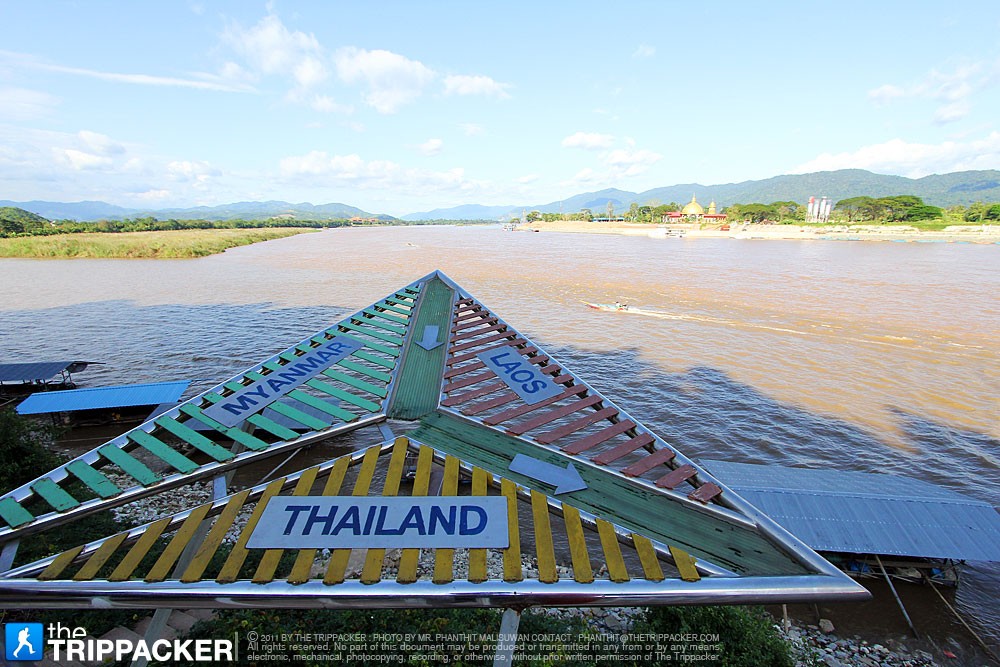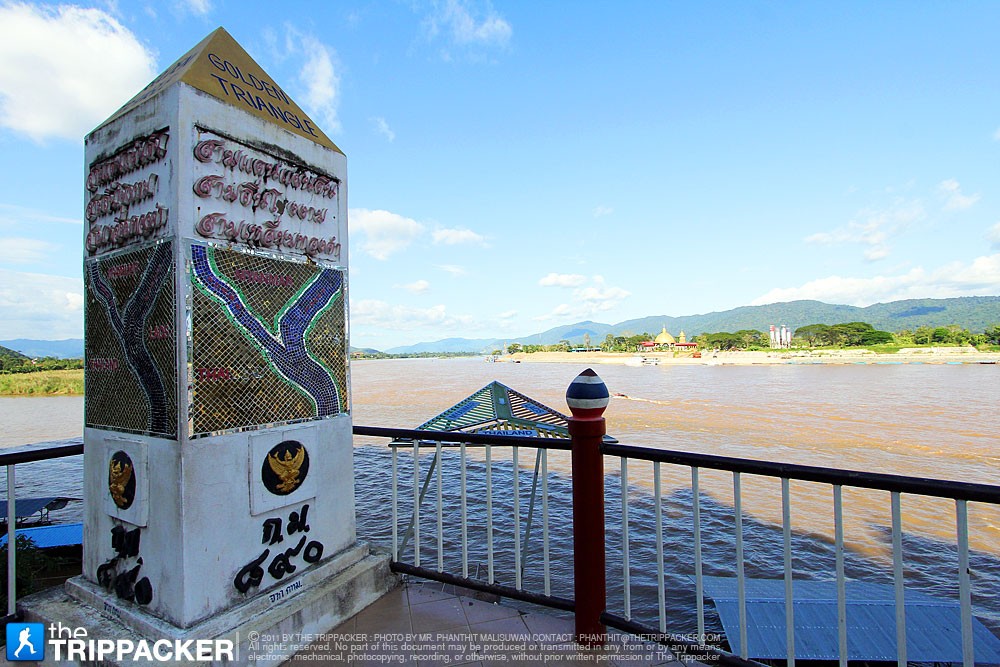The Golden Triangle
When the name ‘Golden Triangle’ comes up, many will think that it is merely the junction where Thailand and its neighboring countries, Myanmar and Laos, meet and can be seen from the border. However, there is more to see here than just a picturesque view of the three country’s landscape.
The Golden Triangle is a location rich in history. Though the name projects a positive image, the origin of the name is darker. The Golden Triangle was once the largest opium-producing area in Asia and the world since the 1920’s. This led to a massive drug trade between the three countries with gold as the currency for payment, thus the name ‘Golden Triangle’. Back in the day, the value of opium and gold were equal; a kilo of opium was worth a kilo of gold.
Nowadays, the Golden Triangle has become a tourist hotspot. The Mekong River from Thailand and the Ruak River from Myanmar converge to form a natural border for the three countries. To the left of Thailand is Myanmar, and to the right is Laos. If you are interested, you can hire a boat to take you for a ride on the river.
Aside from the beautiful landscape, one significant attraction is Phra Chiang Saen Sii Pandin. This sitting Buddha image measures 15 meters in height and 10 meters in length. However, it is not just the size of the Buddha that is amazing but the platform on which it is placed. The platform is a boat decorated with colorful and ornately stained glass.
The monument of Phra Chao Saen Phu, Wat Phra That Phukaow, and the opium museums are also other popular attractions in the area. Giving alms to the monument of former ruler Phra Chao Saen Phu is believed to keep you from harm’s way. The opium museums are interesting places to visit if you would like to learn more about the history of the drug trade, its importance, and its socio-economic effect on the people that live here.





























